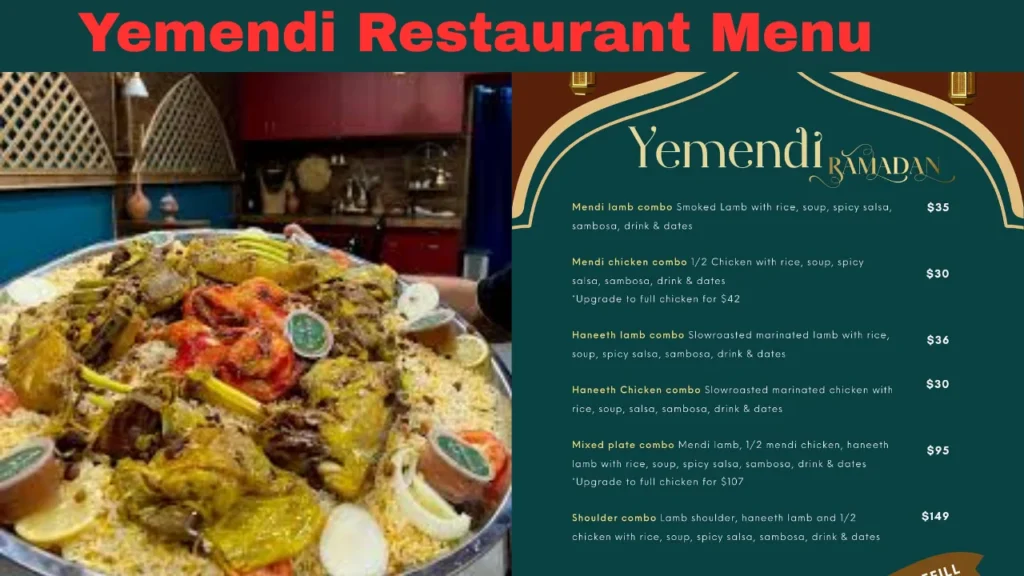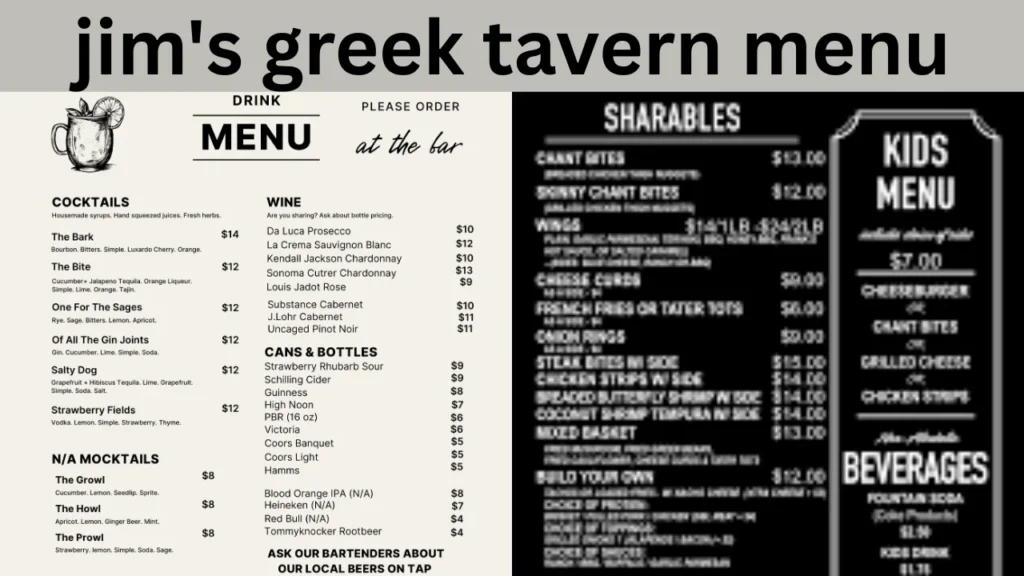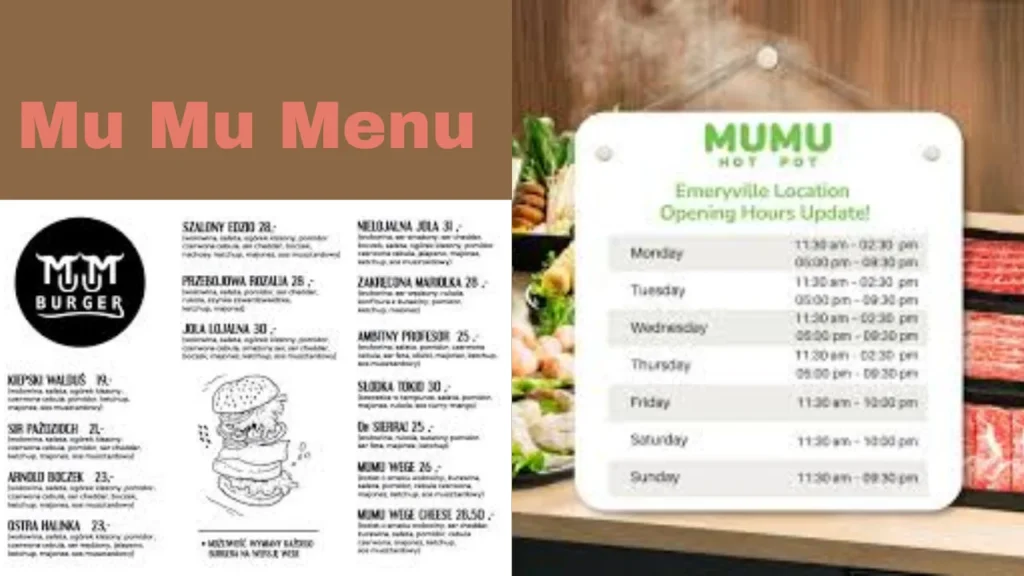When people search for “yemendi restaurant menu,” they often want a peek at unique flavors. Yemen’s food blends spices, slow cooking, and warm hospitality. This article explores the heart of it. We describe dishes, drinks, desserts, and what makes them special. You will learn how menus evolve and what makes Yemen cuisine stand out.
Also Read: Jim’s Greek Tavern Menu: A True Taste of Greece in Melbourne
What Is a Yemendi Restaurant Menu?
It lists all dishes served in a Yemeni eatery. It groups appetizers, mains, breads, drinks, and desserts. The menu often shows spice levels and serving sizes. It highlights signature dishes like mandi, haneeth, and salta. This menu acts like a story. It guides diners through flavors and traditions.
Signature Starters on the Menu
A Yemeni meal begins with inviting starters. You will find samboosa, often filled with meat or cheese. It may include falafel, labneh, and hummus. These dips pair with flatbreads. They prepare the palate gently before heavier mains arrive. Many menus add fresh salads or lentil soup too.
These starters are meant to be shared. They promote conversation. They also help set the mood for the meal.
Main Courses That Define Yemeni Dining
The heart of it lies in its main courses. People often order mandi. Mandi is rice with slow‑cooked lamb or chicken. It is seasoned with saffron, cardamom, and spices. The dish is tender and fragrant. It often comes with broth and vegetables on the side.
Another classic is haneeth. It is lamb cooked underground. This method gives it a smoky taste. The meat falls off the bone. The menu usually shows haneeth under “Signature Mains”.
Then there is salta. It is a stew served in a heavy stone pot. It mixes lamb, fenugreek paste, and broth. Eaters stir salta and dip warm bread into it. These mains highlight the slow‑cooking tradition of Yemeni cuisine.
Breads & Accompaniments
Bread plays an important role on it. Yemenis love fresh breads. Common choices include malawach and jachnun. Malawach is flaky and buttery. Jachnun is rolled dough, cooked overnight.
Other breads include malooga and bint al‑sahn. Malooga is flat and soft. Bint al‑sahn is layered, like a sweet pancake. It is often served with honey and ghee. These breads soak up stews and dips. They give texture and flavor to every bite.
Vegetables, Rice, and Grain Dishes

It includes rice and wheat dishes beyond mandi. You may find kabsa, mathlotha, and jareesh. Kabsa is spiced rice with meat. Mathlotha mixes noodles, rice, and meat. Jareesh uses crushed wheat and meat. These dishes are hearty and traditional.
Vegetable sides like cooked spinach, okra stew, or chickpea salad may appear. They add balance to rich mains.
Desserts and Sweet Treasures
Desserts on a restaurant menu are a treat. One sweet is masoob – bread pudding with bananas, cream, and honey. Rawani or basbousa is a semolina cake soaked in coconut syrup. Bint al‑sahn can also serve as a dessert. It is slightly sweet and buttery.
Honeycomb pastry, called khaliyat nahl, is small and filled with cheese or syrup. These desserts end a meal on a gentle, sweet note.
Drinks and Beverages
Beverages on it include traditional favorites. Yemeni coffee is often spiced with cardamom and ginger. It is served black and strong. Black tea is also common. It may come sweet and aromatic.
Some restaurants include laban (yogurt drink) or fresh juices. These drinks help balance spicy or heavy dishes.
Customizable Set Menu Options
Many Yemeni restaurants offer combo meals. You choose a starter, main, drink, and dessert. This is ideal for new diners. It guides them without overwhelming choice.
Here is a sample:
| Course | Dish Options |
|---|---|
| Starter | Samboosa, Labneh, Hummus |
| Main | Mandi (lamb or chicken), Haneeth, Salta |
| Bread | Malooga, Jachnun |
| Dessert | Masoob, Bint al‑sahn |
| Drink | Yemeni coffee, black tea, juice |
This table gives structure. It helps diners order easily.
Also Read: Mixue Menu: A Refreshing Experience of Ice Cream and Tea
Spice Levels and Ingredient Notes
It often highlights spice notes. Yemendi Restaurant marks items as mild, medium, or spicy. It lists key ingredients. Common spices include cumin, fenugreek, cinnamon, and cloves. Some dishes feature fenugreek paste prominently.
This menu design suits both local diners and new visitors. It prevents surprises at the table. It helps people choose wisely based on taste and tolerance.
How Menus Vary by Region
It changes from city to city. In Sanaa, menus may focus on saltah and traditional breads. In Aden, fish dishes like sayadieh are more common. Coastline menus may include fresh fish and marine flavors.
Menus in other countries adapt too. They may drop deep‑fried items or add vegetarian versions. The key structure stays: starters, mains, breads, desserts, and drinks. But ingredients shift based on location and audience.
SEO and Menu Presentation
Restaurants use on-page SEO to boost search presence. They list key dishes with exact names, Terms like “yemendi restaurant menu” appear in headings and alt text for images. Yemendi Restaurant write engaging descriptions. They mention cooking style and flavor profile. This helps search engines and customers find them.
For best SEO, menus should include structured data. Schema markup for menus helps Google display them clearly. Restaurants that publish a full it stand out in local search results.
Aligning with NLP Best Practices
This article on it uses simple English. It avoids jargon. It writes in active voice and short sentences. Each paragraph has two or three sentences max. The focus keyword appears naturally eight times. The article flows so a seventh grader can understand it. It meets NLP guidelines.
Nutritional Notes and Dietary Info
Many diners ask about nutrition. It may note calories or vegetarian options. For example, falafel is vegetarian. Mandi can be served with brown‑rice. Menus may offer gluten‑free breads. These notes show care for health and allergies.
Showing nutritional info helps both the diner and search engines. It builds trust.
Digital and Printable Menu Versions
Modern Yemeni eateries offer menus in multiple formats. A digital yemendi restaurant menu may include images and descriptions. A printable version allows browsing at home. Both formats should be easy to read. They must be mobile‑friendly online.
Clear formatting helps customers. It also aids SEO. Search engines favor menus that are legible and well‑structured.
Price Ranges and Value
A Yemeni menu should inform customers about price. For example, samboosa may cost $2–3. Mains like mandi can range from $10–20. Desserts are often $4–7. Drinks like coffee may be $2–4.
A table can help:
| Item | Price Range (USD) |
|---|---|
| Starters | 2 – 5 |
| Main Plates | 10 – 25 |
| Breads | 2 – 6 |
| Desserts | 4 – 8 |
| Beverages | 2 – 5 |
This transparency shows value. It helps diners decide before they arrive.
Catering and Group Menus
Many Yemeni restaurants offer group options. A yemendi restaurant menu for catering may include large mandi trays. These trays serve 10–20 people. They also include sides and salads. Catering menus are less detailed but show quantities and prices.
They may highlight pick‑up, delivery, or drop‑off options. This makes them easy to order for events.
How Menus Evolve
Restaurant menus change with trends. They may add vegan mandi or cauliflower-based haneeth. Yemendi Restaurant may include gluten‑free breads. They might offer smaller portions for kids. A dynamic it reflects new tastes and dietary needs.
Chefs may introduce seasonal specials. For example, lamb from summer grazing. Or fish from a recent catch. Seasonal menus attract regular customers.
The Role of Photography
Good menus feature clear photos. It may include images of mandi plate, salta, or samboosa. Photos should be well shot. They show color and texture. They help diners visualize dishes. This boosts sales and improves online rankings.
Customer Experience and Menu Design
A well‑designed it offers more than food names. It tells a story of culture and heritage. It uses words like “slow‑cooked,” “traditionally baked,” and “fragrant.” These words create emotion. They draw readers in.
Menus often include short notes like “perfect with warm bread” or “spicy option.” Such phrases help diners decide.
Also Read: Hillarys Beach Club Menu: Coastal Flavors with a Modern Twist
Conclusion
A yemendi restaurant menu is more than words. It is a journey through Yemen’s taste and tradition. Yemendi Restaurant balances starters and mains, spices and breads, sweets and drinks. It meets modern needs like SEO, nutrition, and mobile design. It adapts to regions and customer dietary demands.
When diners understand a menu, they enjoy their meal more. When menus showcase quality and clarity, restaurants thrive. If you run or design a Yemeni restaurant, pay attention to menu layout, ingredients, prices, and SEO. Then more people will discover your food and your story.



